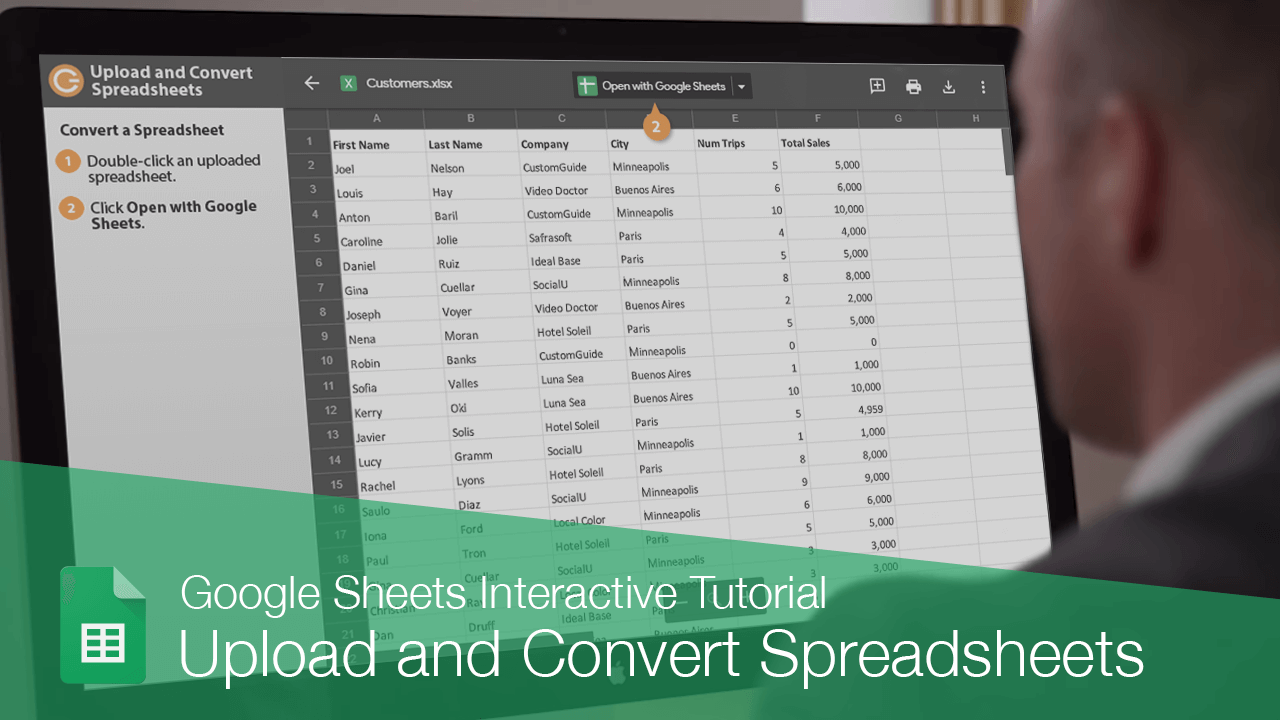5 Simple Ways to Upload Excel to Google Sheets

The integration of Excel and Google Sheets is becoming increasingly important in the modern workplace. Whether you're looking to collaborate on spreadsheets or simply want to access your data from any device, moving your Excel files to Google Sheets is a straightforward process. Here are five simple ways to achieve this transition.
Method 1: Manual Upload via Google Drive

One of the simplest methods to upload an Excel file to Google Sheets is by using Google Drive:
- Navigate to Google Drive.
- Click on “New” and then “File upload.”
- Select your Excel file from your computer and click “Open.”
- Once uploaded, right-click the file in Google Drive, select “Open with,” and then choose “Google Sheets.”
- If you want to continue working in Google Sheets, click on “File” > “Save as Google Sheets” to create a native Sheets file.
🔁 Note: Uploading an Excel file this way will keep the original file in your Drive, allowing you to switch between the Excel and Sheets versions as needed.
Method 2: Import Data Using Google Sheets

Google Sheets offers an import feature that lets you bring in Excel data without ever leaving the platform:
- Open Google Sheets in your browser.
- Go to “File” > “Import.”
- Choose “Upload” from the import options, and upload your Excel file.
- Select how you want to import the data (replace the current sheet, create a new sheet, or append rows to the current sheet).
- Click “Import data” to proceed.
Method 3: Drag and Drop

If you’re looking for a quick method:
- Open a web browser and go to Google Drive.
- Locate your Excel file on your computer.
- Drag and drop the file into the Google Drive window.
- Open the uploaded file in Google Sheets and optionally save as a native Sheets file.
Method 4: Use Google Sheets on Desktop

For those who prefer working offline or need to convert files frequently:
- Download and install the Google Sheets desktop app for your operating system.
- Open the app, and from the “File” menu, select “Import.”
- Navigate to your Excel file and select it for import.
- The file will be converted to Google Sheets format, allowing you to work on it offline.
💾 Note: Remember, any changes made in the Google Sheets app will sync back to your Google Drive when you go online.
Method 5: Use Automation Tools

Automation tools like Zapier or Integromat can also handle file uploads:
- Set up an account with a service like Zapier or Integromat.
- Create a new workflow or “Zap” where one step involves uploading files from a certain location to Google Drive.
- Configure the next step to open the file with Google Sheets and save as a Sheets file.
By using automation, you can streamline repetitive tasks, saving time and reducing the chance of human error.
In summary, integrating Excel files with Google Sheets provides numerous benefits, from collaborative editing to real-time updates. Each method described above offers a way to leverage Google Sheets’ capabilities with your existing Excel data. Whether you choose manual uploading, importing, drag and drop, offline work, or automation, the choice depends on your workflow and how frequently you need to perform this task. Understanding these options allows you to make the most out of both platforms, enhancing productivity and data accessibility.
What are the benefits of moving Excel files to Google Sheets?

+
Benefits include real-time collaboration, cloud storage, automatic saving, mobile access, and integration with other Google services.
Can I still edit my Excel file after uploading it to Google Sheets?

+
Yes, you can choose to keep your original Excel file or work on the Google Sheets version. Changes made in Google Sheets can be synced back to the Excel file through export options.
Does Google Sheets support all Excel functions?

+
Google Sheets supports most common Excel functions, but some advanced or Excel-specific functions might not be available or might work differently.



